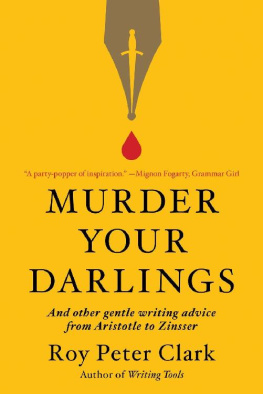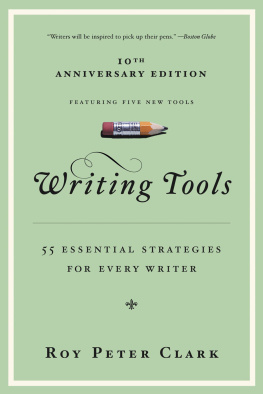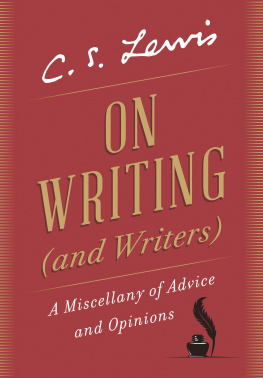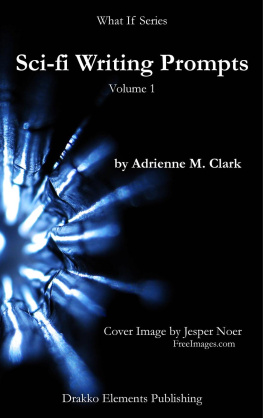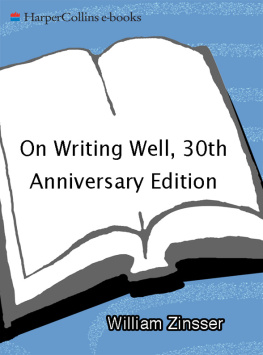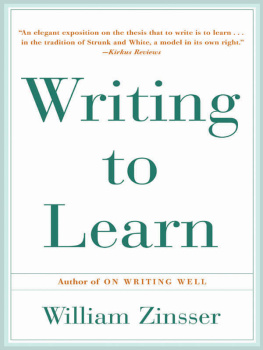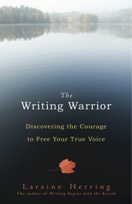
Copyright 2020 by Roy Peter Clark
Cover design by Keith Hayes
Cover copyright 2020 by Hachette Book Group, Inc.
Hachette Book Group supports the right to free expression and the value of copyright. The purpose of copyright is to encourage writers and artists to produce the creative works that enrich our culture.
The scanning, uploading, and distribution of this book without permission is a theft of the authors intellectual property. If you would like permission to use material from the book (other than for review purposes), please contact permissions@hbgusa.com. Thank you for your support of the authors rights.
Little, Brown Spark
Hachette Book Group
1290 Avenue of the Americas, New York, NY 10104
littlebrownspark.com
Twitter @lbsparkbooks
Facebook.com/littlebrownspark
Instagram @littlebrownspark
First ebook edition: January 2020
Little, Brown Spark is an imprint of Little, Brown and Company, a division of Hachette Book Group, Inc. The Little, Brown Spark name and logo are trademarks of Hachette Book Group, Inc.
The publisher is not responsible for websites (or their content) that are not owned by the publisher.
The Hachette Speakers Bureau provides a wide range of authors for speaking events. To find out more, go to hachettespeakersbureau.com or call (866) 376-6591.
ISBN 978-0-316-48186-1
E3-20190724-DA-NF-ORI
To all reading and writing teachersespecially in public schools. To all journalists who speak truth to power in the public interest. You deserve medals as champions of literacy and democracy. Thank you for your service.
Explore book giveaways, sneak peeks, deals, and more.
Tap here to learn more.

Fans of the TV comedy Seinfeld will remember the one great literary success of that slapstick lunatic Cosmo Kramer: He wrote a coffee-table book about coffee tables. The book came with little legs you could unfold to make it into a miniature coffee table. He sold the film rights.
Murder Your Darlings, an allusion to a famous bit of writing advice from a British professor nicknamed Q, turns out to be a writing book aboutwriting books. I love writing guides, and they love me. They confirm things I know about the craft, teach me methods I have never heard of before, and, in rare but crucial cases, spin my head around like an owls at an exorcism.
You are holding my sixth book on reading, writing, and language since 2006. Thank you, Little, Brown. Professors often ask me to reveal the secrets of my productivity. Its easy, I answer, and Im serious. I write during faculty meetings.
How do you get away with it?
Everyone thinks I am taking notes.
The first and most popular of my Little, Brown books is Writing Tools. Where did I find the fifty-five writing strategies shared in that book? They came from close readings of great works of literature, a skill I learned in college and honed into a craft I call X-ray reading. They came from writing and writing and rewriting, with the guidance of teachers, editors, and other writers. And they came from countless essays and guidebooks on the writing craft, some published well before the birth of Christ (a pretty good storyteller himself) and some published just last year.
In focusing on these important writing books, I am not trying to steal their thunder. I am trying, instead, to amplify it, to pay back my debt to the authors who shaped my craft. Read them! To those who say that you cant learn to write by reading a book on writing, I answer: Then why are there so many of them? Most bookstores devote a shelf or two or even a full bookcase to writing guides. I own about 1,500 books, most of them about reading, writing, grammar, rhetoric, composition, language, literature, and journalism. I understand that the writing teacher and legal scholar Bryan Garner has a space in Dallas called the Scriptorium, a Taj Mahal of lexical Know-It-All. I have a space at the Poynter Institute I call my cubby. Among its roomlike, womblike virtues, it hides ten steps from a specialized library comprising 12,000 books, most of them on my favorite topics.
So many writing books. Which ones will I choose to write about, and by what criteria? Let me explain what I am not trying to do. I am not choosing the best writing guides, or the most practical, or the most enduring, or the most anything. As a reader I happen to like those lists, the ones you find in Rolling Stone: the 100 greatest rock n roll songs, the 100 greatest guitar solos of all time, Dylans 100 greatest hits.
I do not rank the writing books, but I do appreciate them. Most of what you will read here is why I appreciate them, what I or others have learned from them, and what I think you, the reader, can take away and apply to your own work. As you will see, my appreciation is not without a critical edge: any advice from John McPhee should come with the knowledge that he has been a privileged New Yorker writer, with time and resources most of us can only dream about; Anne Lamott is way too hard on herself, running the risk of discouraging others; and, sad to say, Dorothea Brande, who wrote one of the most original writing guides of all time, turns out to have beenalong with her editor hubbya 1930s-style American fascist and anti-Semite. We teachers prefer our apples without bruises, but there you go.
Before I compiled these books, I did some crowdsourcing. On social media, I asked writers for the names of writing guides that had informed or inspired them. Suggestions arrived by the dozens, many with authors and books I had read many times, but others with introductions to strangers I was glad to meet. All of those worthy candidates made my selection process harder.
I began by listing books that were famous, popular, or influential: The Elements of Style by Strunk and White; Writing Down the Bones by Natalie Goldberg; Bird by Bird by Anne Lamott; The New Journalism by Tom Wolfe. Among the five Ws (who, what, where, when, and why), why is hardest to answer. I made it my mission to capture why such books matter.
I wanted to include writing guides that were ancient, and thus foundational, from Aristotle on the cathartic nature of tragedy to Quintilian on the influence of the spoken word. Such texts allow us to trace the long and powerful story of making meaning through reading, writing, and speakingthat is, through the essential acts of literacy.
I could not avoid the temptation to include several books written by authors and teachers whom I know personally. A teacher at Oxford (where I spent a glorious summer) is called a don, and many a great don has passed by my writing room (Don Fry, Don Murray, Don Graves, Don Hall). I repay them, when I can, by passing along their knowledge. The writing world is cozy enough for me to have worked with Bill Zinsser, Bill Howarth, and Connie Hale, to name a few. I once interviewed Stephen King. I exchanged a letter with E. B. White. On a buffet line at a literary conference in Tucson I got to meet Elmore Leonard and engaged him in a friendly argument about how many exclamation points are allowed in a text. (His take was one for every 100,000 words unless you are Tom Wolfethen the skys the limit.)
I drop these names not for me, but for you. When an author writes a good writing guide, that author is inviting youin Frank Smiths good phraseto join a club. You may aspire to become a writer, but after reading their work on writing, you can better identify as one, feeling part of a community, a tribe of scribes.


